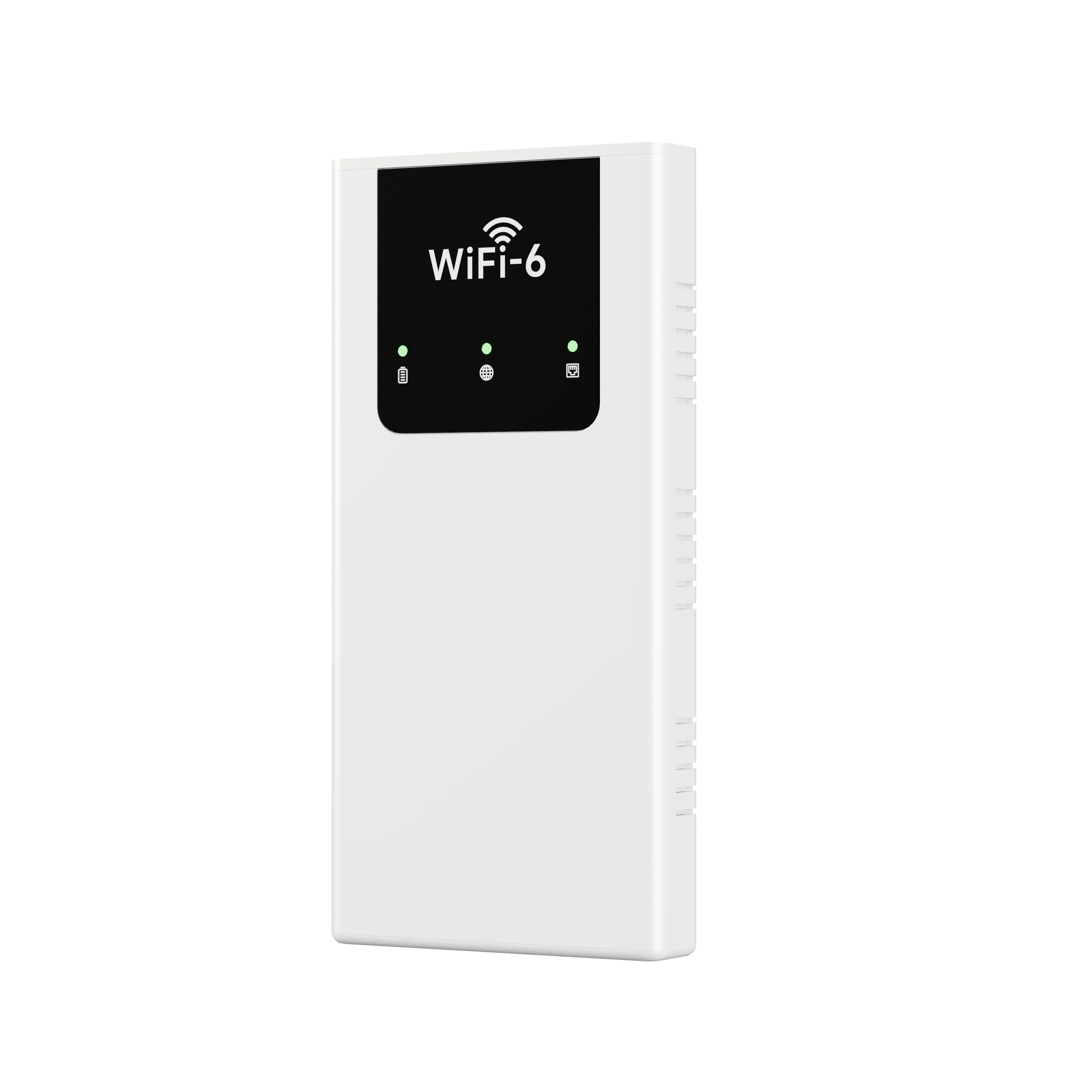In today's fast-paced world, the term malfunction is frequently encountered across various industries, from manufacturing and technology to healthcare and automotive. However, the concept of a malfunction is often misunderstood or oversimplified. This article aims to provide a detailed exploration of what constitutes a malfunction, the implications of such failures, and the best practices for identifying and addressing them effectively.
Defining Malfunction: Beyond the Basics
At its core, a malfunction refers to a failure of a system or component to perform its intended function. This definition, while straightforward, encompasses a wide range of scenarios and contexts. A malfunction can manifest in numerous forms, including mechanical failures, software bugs, electrical issues, or even human errors.
To better understand malfunctions, it is essential to categorize them based on their characteristics:
- Type of System: Malfunctions can occur in various systems, including mechanical (e.g., engines), electronic (e.g., circuit boards), and biological (e.g., human organs). Each type of system has its unique failure modes and implications.
- Severity: Malfunctions can be classified as minor, moderate, or critical. Minor malfunctions may cause inconvenience but do not significantly affect overall performance, while critical malfunctions can lead to catastrophic failures, safety hazards, or substantial financial losses.
- Frequency: Some malfunctions are isolated incidents, while others may indicate systemic issues. Frequent malfunctions may suggest underlying problems that require immediate attention.
Identifying Malfunctions: Signs and Symptoms
Recognizing a malfunction is the first step toward resolution. Different industries have developed specific protocols for identifying malfunctions, but several common signs can be observed across various fields:
- Performance Degradation: A noticeable decline in performance, such as slower processing speeds in software or reduced efficiency in machinery, often signals a malfunction.
- Error Messages: In technology, error messages or alerts are clear indicators of malfunctions. Understanding these messages is crucial for troubleshooting.
- Physical Symptoms: In mechanical systems, unusual noises, vibrations, or overheating can indicate a malfunction. Regular inspections and maintenance can help identify these symptoms early.
- User Feedback: In service-oriented industries, customer complaints or feedback can highlight malfunctions in processes or systems that may not be immediately apparent.
Addressing Malfunctions: Strategies for Resolution
Once a malfunction has been identified, the next step is to address it effectively. The approach to resolving a malfunction can vary significantly depending on the nature of the failure and the industry involved. Here are some general strategies:
- Root Cause Analysis (RCA): This systematic process involves identifying the underlying cause of a malfunction rather than merely addressing its symptoms. Techniques such as the 5 Whys or Fishbone Diagram can be employed to uncover root causes.
- Preventive Maintenance: Regular maintenance schedules can help prevent malfunctions before they occur. This proactive approach is particularly vital in industries such as manufacturing and aviation, where equipment reliability is paramount.
- Training and Education: Ensuring that personnel are adequately trained to recognize and respond to malfunctions can significantly reduce the likelihood of human error. Continuous education programs can keep staff updated on best practices and new technologies.
- Implementing Technology Solutions: Advanced technologies, such as predictive analytics and IoT (Internet of Things) devices, can monitor systems in real-time and predict potential malfunctions before they occur. This data-driven approach allows for timely interventions.
The Broader Implications of Malfunctions
Understanding malfunctions is not just about fixing problems; it also has broader implications for safety, efficiency, and profitability. In industries such as healthcare, a malfunction can have dire consequences, potentially endangering lives. In manufacturing, malfunctions can lead to production delays and increased costs. Therefore, organizations must prioritize malfunction management as part of their operational strategy.
Conclusion: The Importance of Proactive Malfunction Management
In conclusion, a malfunction is a multifaceted issue that requires careful consideration and a strategic approach. By understanding the nature of malfunctions, recognizing their signs, and implementing effective resolution strategies, organizations can enhance their operational efficiency, improve safety, and ultimately drive success. As industries continue to evolve, the ability to manage malfunctions proactively will remain a critical component of sustainable growth and innovation.


